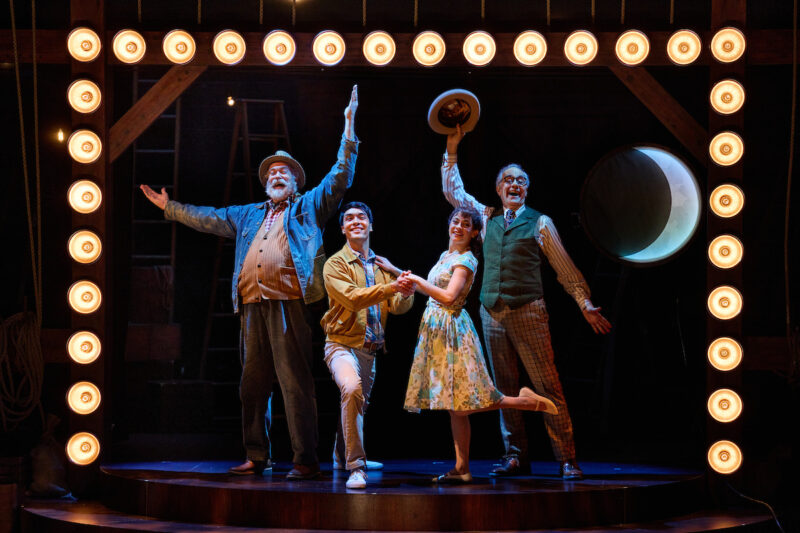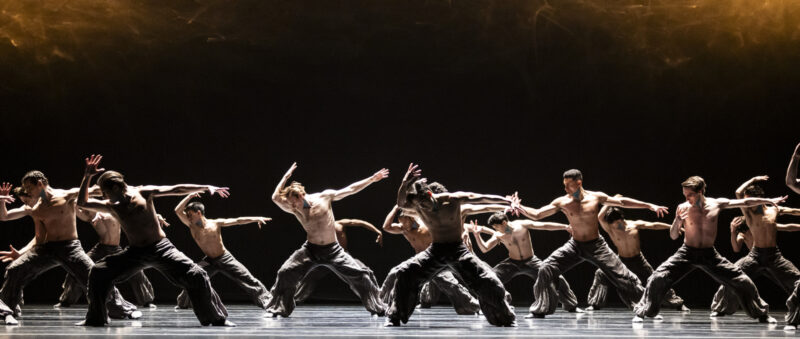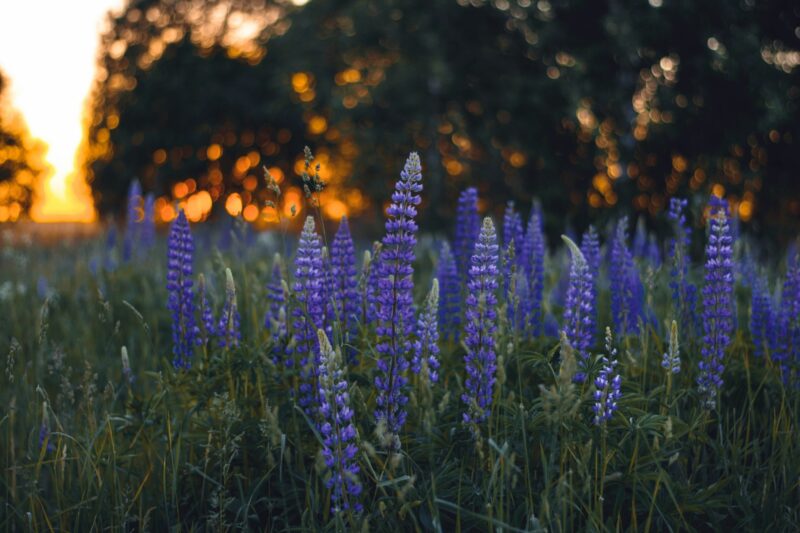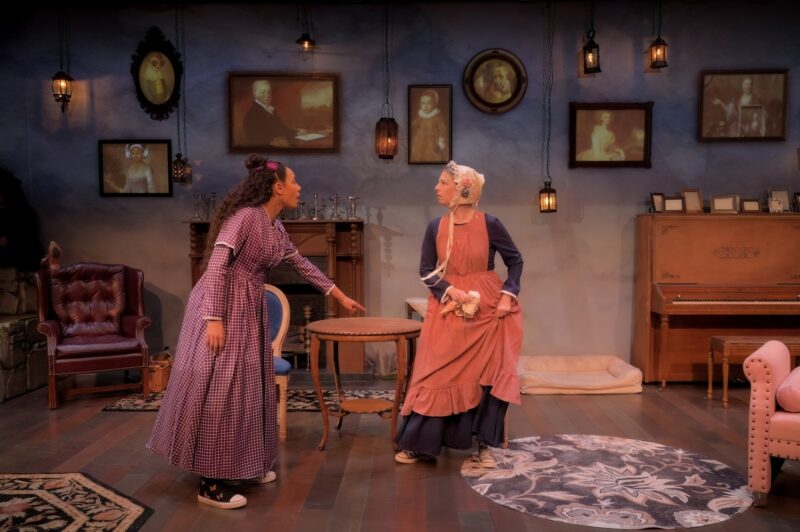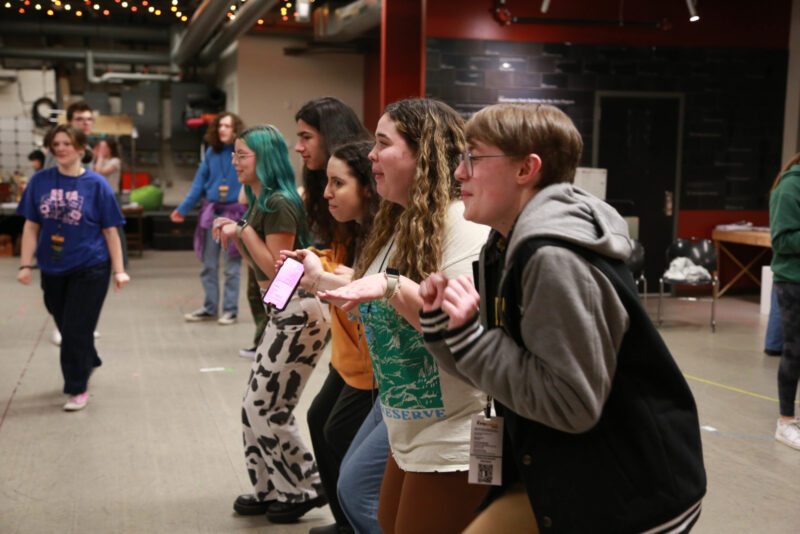On the cold rainy evening of April 20, the Seattle Repertory Jazz Orchestra performed a selection of pieces from Blues and the Abstract Truth, the 1961 landmark jazz album by composer and saxophonist Oliver Nelson. SRJO performed the repertoire, along with two pieces composed by artistic director Michael Brockman, with smooth, assertive skill and an infectious love for the music at hand.
That night, Benaroya’s Illsley Ball Nordstrom Recital Hall was distinctly warm, even before the concert started. Its field of red seats sloped softly under the overhead lights. Patrons talked to and greeted each other, some so familiarly it felt like a monthly community potluck. The stage sat close and cozy to the audience, with a piano, drum set, and array of chairs for the musicians gleaming a short distance from the front row seats. As the hall filled, a few orchestra members started coming onstage and taking their seats, quietly laughing with each other and tuning their instruments. One musician spotted friends in the front few rows and chatted with them from the stage. As the lights came down and people settled into their seats, the person introducing the band made sure to shout out volunteers and board members in the audience. Before a single brassy note was played, there was a joyful lack of divide in that hall.
Then, when the performance truly began, that lack of division made SRJO’s concert something special. Nelson’s album cascades (even beyond the song called “Cascades”) in conversational yet calculated melodies, dulcetly energetic. The mood of the concert varied from song to song, but each piece played – including the ones not from Nelson’s album – shared that conversational yet calculated aspect. In “Hoe Down,” my favorite song of the repertoire and one of the first ones SRJO performed, the band blared brightly and assertively like a morning parade, while in “Teenie’s Blues,” they wound their way through deeper, darker sounds like rafts through a river. Every member of the band, from the saxophones to the trumpets to the trombones to the rhythm section, and guest vocalist Jacqueline Tabor, got a chance to shine in a solo, and shine they did. When a musician stood up, or stayed seated in the rhythm section’s case, all eyes in the audience and the band turned to them as they played their solo.
Photo by Jim Levitt
And it’s here where you could spend the whole concert watching a single musician. Each band member plays at least one solo, but each person also reacts to the rest of the band’s musicianship. When drummer D'Vonne Lewis takes command of a song, the rest of the band stays active, tapping their feet, watching him play, or nodding their heads as they listen intently to the rhythms. When Tabor joins the band onstage for a vocal piece, she’s a lightning rod of attention. When trumpeters stand up to improvise a section, the saxophonists in the front row smile as the riffs hit their ears. Every single musician is absolutely in it, steadily and seamlessly. Watching them know this music inside and out, enjoying each other’s musicianship, is delightful.
Throughout the show, artistic director Michael Brockman intersperses the music with explanations of the pieces and introductions to soloists, conversing smoothly with the audience. The energy in the room is a call and response, in which the audience gladly participates. People laugh at the right moments, whoop and cheer for soloists, and soak in the anecdotes of Nelson’s return to classic jazz at a point in time when the genre’s future was uncertain. It’s no surprise that there’s no fourth wall in Seattle Repertory Jazz Orchestra’s Blues and the Abstract Truth. It’s easy to be an attentive audience member when the performers are simply masters of what they do. It’s easy to sit back and enjoy when SRJO reminds you of the truth, abstract or not: it’s pure fun to listen to great musicians performing great music.Photo by Jim Levitt















